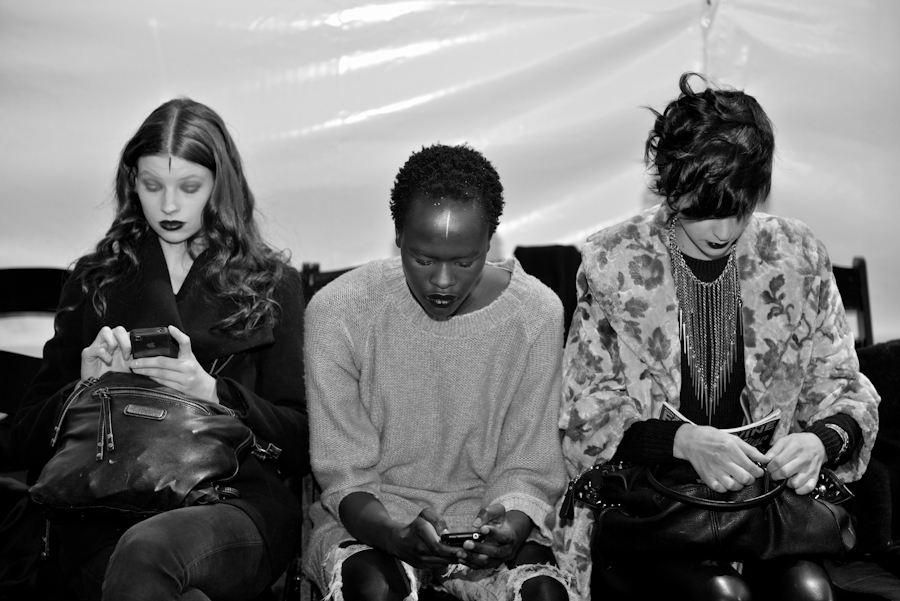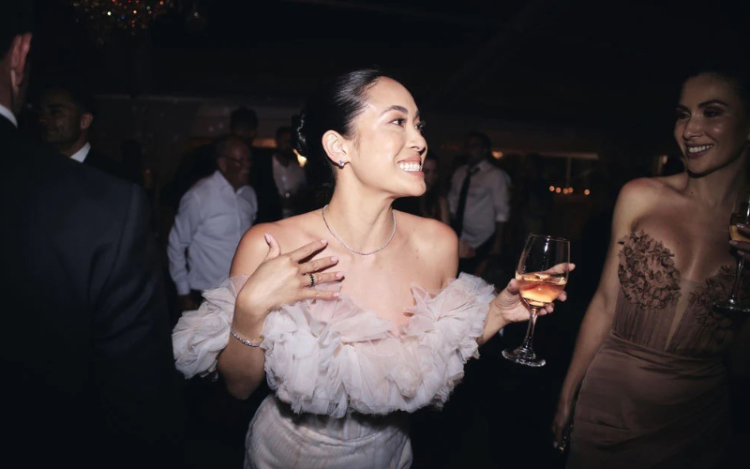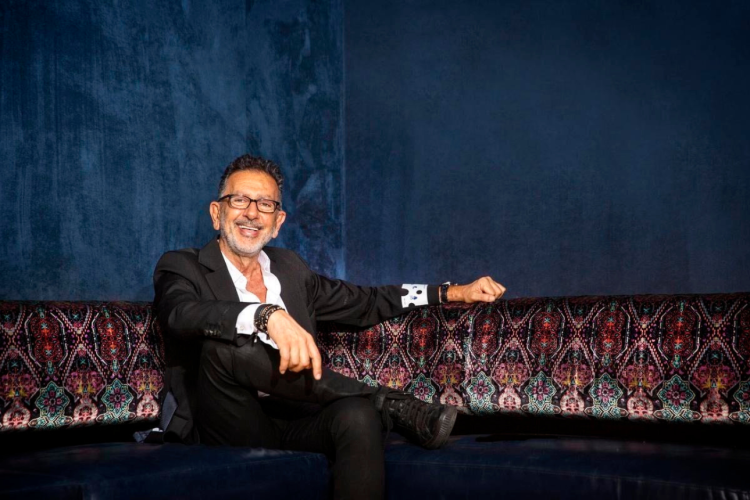By Julia Eskins
Photography by Aleyah Solomon
Graphics courtesy of Salesforce
It’s a common sight at fashion week: models flit down the runway, flashes illuminate from “the pit” and eyes flicker between phones and frocks. It’s enough to induce a sartorial seizure.
Above all, it raises the question of who’s listening to and participating in social media conversations during fashion week. And after a five-day flurry, what does it all amount to?
According to cloud computing company Salesforce, World MasterCard Fashion Week fall/winter 2013 gathered a total of 29,167 social media mentions. This is the first year the company created a comprehensive report during Toronto Fashion Week, resulting in some interesting statistics.
The data collected between March 18 and March 22 found that Twitter dominated the conversation, making up 96 per cent of all social media activity. The most mentioned usernames were the official Twitter accounts for World MasterCard Fashion Week, Joe Fresh, Pink Tartan, Mackage and DUY. Females were most active in the conversation, making up 77 per cent of the total volume.
The most re-tweeted usernames were the official accounts for World MasterCard Fashion Week, Sony Canada, FAJO Magazine, M.A.C. Cosmetics and Toronto fashion-blogger Dainty Girl.
Salesforce Marketing Cloud’s capabilities also include an automated sentiment analysis, which found 85 per cent of social media posts about World MasterCard Fashion Week to be positive.
In light of the growing trend for fashion and tech to overlap, FAJO Magazine caught up with Salesforce’s CMO, Renny Monaghan, to discuss the results.
Why did you decide to measure the social media engagement at fashion week?
We knew the conversations would be interesting. It’s a huge event for Toronto and it showcases Canadian talent — people were going to be talking about it online. WMCFW even has an official hashtag — that didn’t exist a few years ago.
We knew a lot of media would cover the event, but we also knew most of them wouldn’t have access to the kind of statistics we can generate using the Marketing Cloud. This data adds value to any story, by offering insight into what your audience cares about most and that’s important.
Have you measured social media engagement at any other major events recently — if so, which ones?
At the beginning of March, we did something similar for London Fashion Week. We recently set up a Social Media Command Center at CES. We also did the World Economic Forum and SXSW.
How do you measure something like this — what tools and techniques do you use?
We use the Salesforce Marketing Cloud that collects a real-time fire hose of social data from over 400 million sources. It currently monitors conversations in 19 languages on Twitter, Facebook, YouTube, forums, blogs, mainstream news, LinkedIn, image sites and we’re always adding new sources.
Why do you think it is important to measure social media responses at this event? What does it show? How can it help our industry?
Today, you can’t underestimate the power of digital and social [media]. We have to change the way we measure success. It’s not about the traditional impression numbers anymore; what’s important is the sum of the conversations happening about a brand, topic or event. Measuring social media responses provides insight into so many things — segmentation, age, location and even sentiment! These stats tell us what our audiences really care about, and that knowledge is invaluable for any company or event leadership!















Join In On The Conversation!